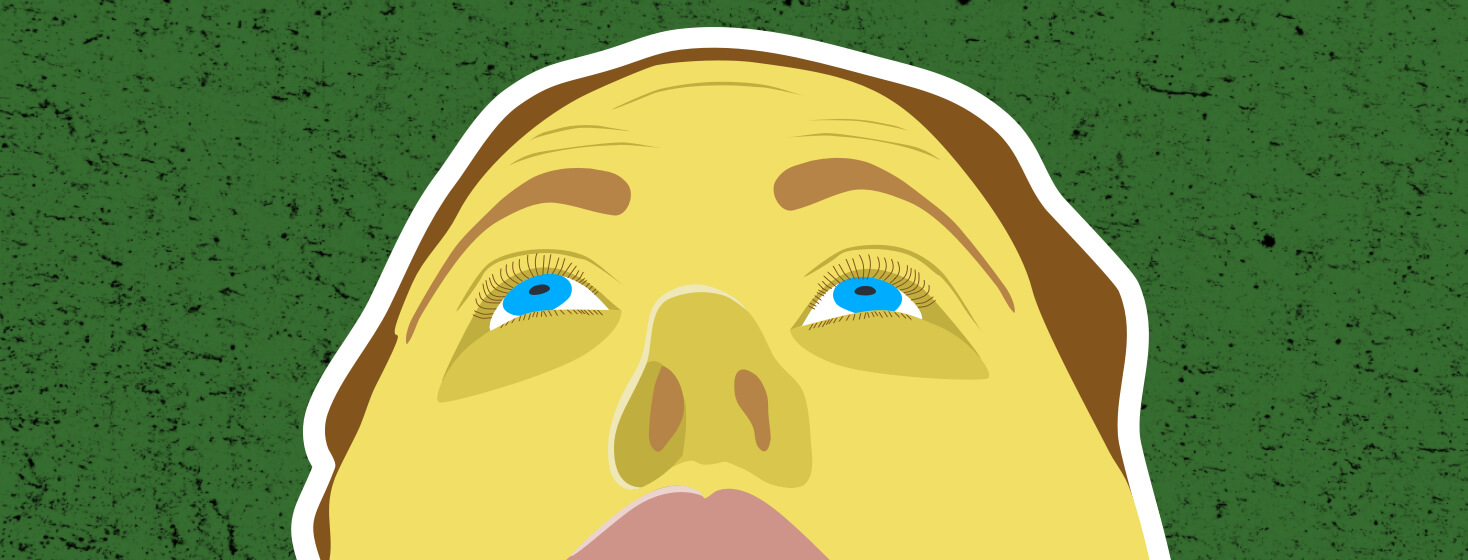Orbital Decompression Surgery Recovery - Part 2
Welcome back to the discussion of my experience recovering from orbital decompression surgery. (Please see Part One to read about pain, bruising, swelling, and irritations.)
Left vs. right
I had two separate surgeries - one for each eye with a few weeks in between the surgery dates. I thought that the first would give me a good indication of what to expect for the second. Sort of? After the second surgery, the entire side of my face swelled up, down towards my jaw. I had more bruising, a little bleeding, and more congestion, but everything else was significantly easier. I had a better range of motion, less light sensitivity, less numbness, my energy levels increased sooner, and (best of all) the nasal spray was not painful.
Follow-ups
I had two surgeons for each surgery - an ophthalmologist and an ENT. There were several follow-up appointments with my ENT in which she placed a scope up my nasal passage to both see how things were healing and clear out any unwanted buildup. It was certainly uncomfortable, but it only lasted about thirty seconds.
My follow-up with my ophthalmologist was easier. He did a normal examination and measured how far forward my eyes were. With surgery less than two weeks behind me, there was a change of several millimeters.
Results of orbital decompression surgery
I remember looking in the mirror about two weeks post-op when the majority of the external swelling and bruising had disappeared and thought, “Shouldn’t I see results now? Is this it?” It would take time for the swelling that I could not see to go down. My doctors told me to expect to see the majority of the results in five to six weeks, and I may see minor changes in the months that followed.
Additionally, I have a lid retraction issue that is different on each side. This created an illusion that made it difficult for me to compare my eyes and see the real results. My doctor showed me how to get around this - hold the camera in front of the face, lean the head back, look up, and take a photo. I could then see how far forward each eye was with my nose and eyebrows as a reference. I am also told that once I have lid surgery I will be able to see the bigger picture.
Any time I felt anxious to see results, I had to remind myself that orbital decompression surgery is no simple feat. A whole team of people removed bone from my face! Twice! I tried to have patience.
Reflection on surgery for thyroid eye disease
I was told that orbital decompression surgery would be life-changing, and it has been. While things may never be the same as they were prior to my diagnosis, I am happy to say that this surgery has significantly improved the damage done by thyroid eye disease (TED) along with my mental health. Looking in the mirror is no longer painfully triggering, and every once in a while I catch a glimpse of the old me. That means the world.
Note: A reminder that every individual is different, and your doctor’s instructions, advice, and procedures may be different than mine. Always consult your doctor.

Join the conversation